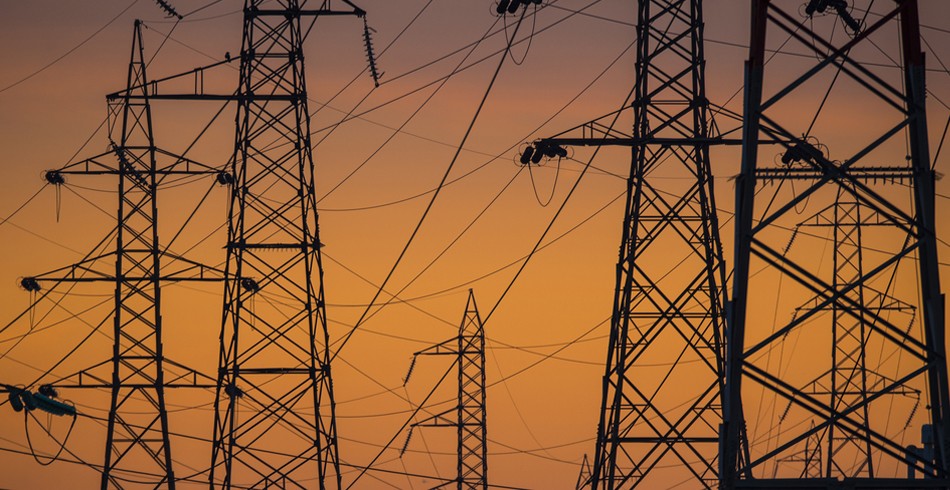The Australian Renewable Energy Agency (ARENA) and the Australian Energy Market Operator (AEMO) have announced a $22.5m pilot demand response initiative this summer to manage electricity supply during extreme peaks.
The three-year program is to be trialled in South Australia and Victoria to free up temporary supply during extreme weather and unplanned outages.
Initially, the pilot program will aim to secure 100 megawatts of demand response capacity by next summer, with the potential for demand response to be scaled up in subsequent years.
ARENA expects to commit up to $22.5 million over three years to fund the pilot, based on an assessment of the current market.
ARENA and AEMO will today hold a workshop with industry stakeholders to consult on the proposed scheme.
Demand response involves paying consumers to reduce their energy consumption on request during peak periods or emergencies, freeing up electricity supply.
AEMO chief executive Audrey Zibelman said the program will help the electricity system to manage peak demand in real-time, without the need for new fossil fuel generation.
“Together with ARENA, we will be working to have a pilot program up and running by next summer, in time for extreme hot days when energy use peaks,” Ms Zibelman said.
Demand response programs are already commonly used in other countries.
“From Texas to Taiwan, demand response has been proven to be a cost effective way to manage demand at peak times and acts as a contingency to avoid disruptive power outages,” Ms Zibelman said.
ARENA chief executive Ivor Frischknecht said demand response would help to facilitate Australia’s transition to renewable energy.
“We need to find new, smarter ways of coping with spikes in demand and volatility as we move towards an electricity system with more variable renewable energy supply,” he said.
“Instead of building a power plant that is only switched on a few hours or days a year, demand response will allow us to reduce energy consumption during peak demand while also reducing energy costs and emissions for consumers. It’s a win-win.
“Demand response is an efficient way of supporting integration of renewable energy, without compromising security and reliability.”
Under the program, energy users who subscribe will receive incentive payments to be on standby in emergencies or peak demand days funded by ARENA.
During an emergency or extreme peak, those who participate could be called upon by AEMO to switch off or reduce their electricity use temporarily, and would receive a further compensation payment.
“The simplest way to encourage people to use less energy at short notice is to provide a financial incentive,” Ms Zibelman said.
The program is expected to be open to demand response aggregators, large industrial and commercial users, battery storage and smart thermostat companies and will involve both commercial and residential consumers.
“We are looking to test a range of technologies and approaches to deliver the most cost-effective outcome,” Mr Frischknecht said.
“Those who choose to participate in demand response schemes will be helping to make better use of existing infrastructure, including generation and transmission assets.
“This will help to reduce emissions and energy costs, putting money back into the pockets of consumers and businesses while improving energy productivity.”
Demand response is in line with ARENA’s new investment priorities which include delivering secure and reliable electricity to enable greater uptake of renewable energy.
Energy Efficiency Council CEO Luke Menzel said the initiative was a “breakthrough moment”.
“The fundamentals of demand response are simple – working with consumers to voluntarily move their energy use from periods of high demand (or low supply), to times when supply is plentiful,” Mr Menzel said.
“Where demand response gets exciting is when you can do it quickly, and at a scale.
“The technology now exists for sophisticated and substantial demand response, enabled by aggregators that combine many different sites together into ‘portfolios’ that provide flexible, secure and stable demand response.
“This approach is common in energy markets around the world, but has long been underutilised in Australia’s National Energy Market (NEM), because the right structures and incentives for aggregators to do this work haven’t been put in place.”
“While the focus of this pilot is improving system reliability in extreme circumstances, its a step towards broader utilisation of demand response to lower costs across the electricity system by helping to meet critical peak demand, increasing competition during periods of tight demand-supply balance, and facilitating higher penetration of renewables into the grid.”







